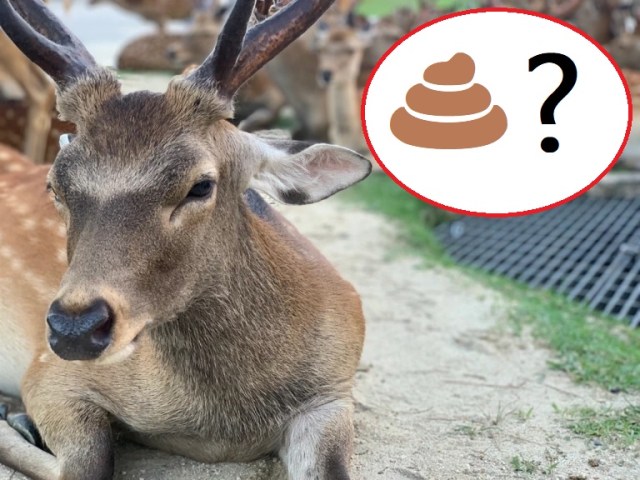
Deer aren’t the only animals with a huge population in the city.
When people think of Nara, one of the first things that comes to mind is deer. Nara Park, located right in the center of the city, is home to herds of wild deer who mix with the local human population and tourists on a daily basis, and enjoy protected status as part of Nara’s cultural heritage, as tradition holds that the animals are messengers of the Shinto gods.
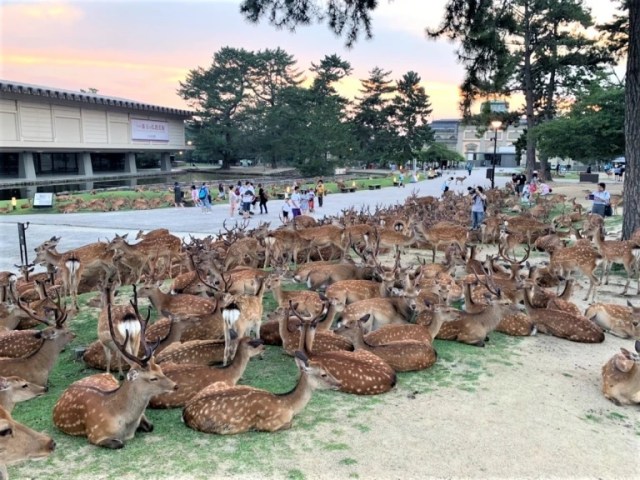
As you can see, there are tons of deer in the park…so why isn’t there tons of deer poo? Sure, you can spot pellets on the ground, but it really seems like their should be massive mounds of the stuff all over thanks to the sheer number of deer and all the cracker snacks they get. How does Nara Park stay as clean as it is?
The answer is that there’s a special crew working hard day in and day out to take care of all those droppings. That might sound like kind of a gross job, but the crew doesn’t mind, because they’re dung beetles.
なにいいいいいいいいいいいいいいいい
— 万乗 大智 (@jgdjgdjgd) May 15, 2022
奈良公園が鹿のフンだらけにならないのは、マメに清掃しているからでなく、大量のコガネムシが分解して頑張ってくれてるからだとおおおおおおおおおお pic.twitter.com/Fg2AuaTWkd
This week, Japanese Twitter has been abuzz following the above tweet, in which the poster was shocked to learn that Nara Park has one of the largest dung beetle populations in all of Japan. However, since we make it our mission to be well-informed about crap, we already knew this, thanks to our visit to the Naramachi Dung Beetle Gallery, a museum dedicated to the little poo collectors.
▼ The place is called the Naramachi Funchukan (ならまち糞虫館) in Japanese.
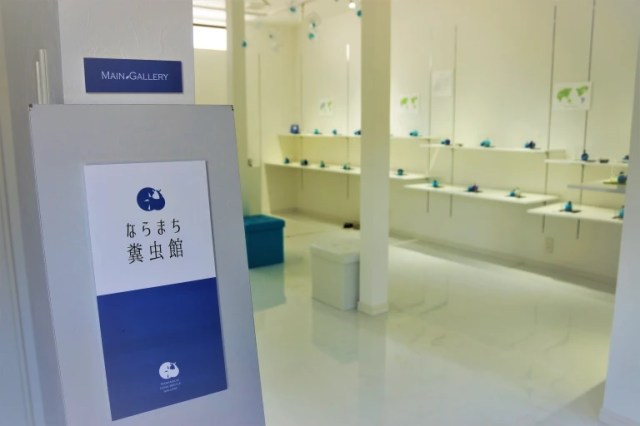
The Naramachi Dung Beetle Gallery opened in the summer of 2018, and we rolled in right away to see it for ourselves. Waiting for us inside was a huge variety of dung beetle specimens, thankfully displayed not on actual balls of poop, but spherical substitutes.
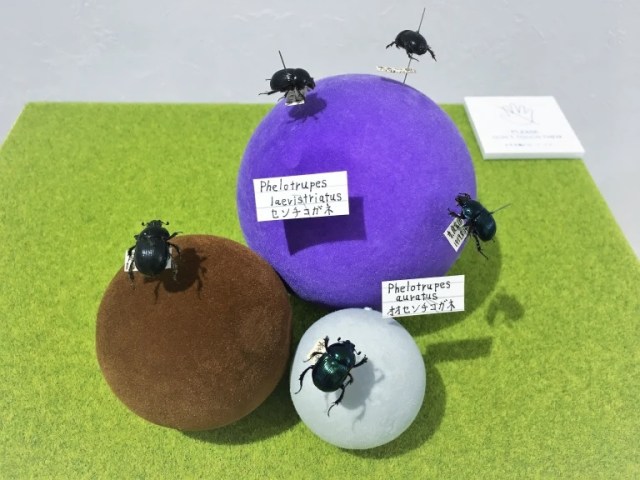
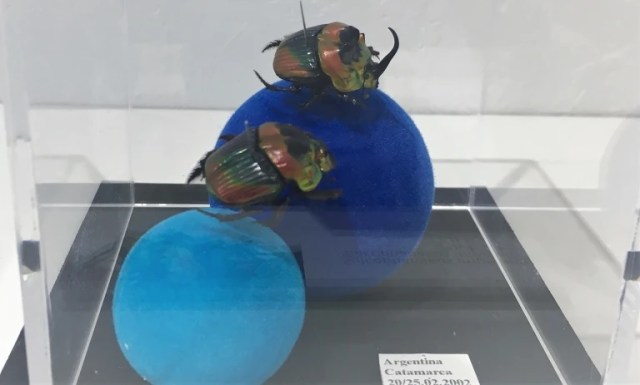
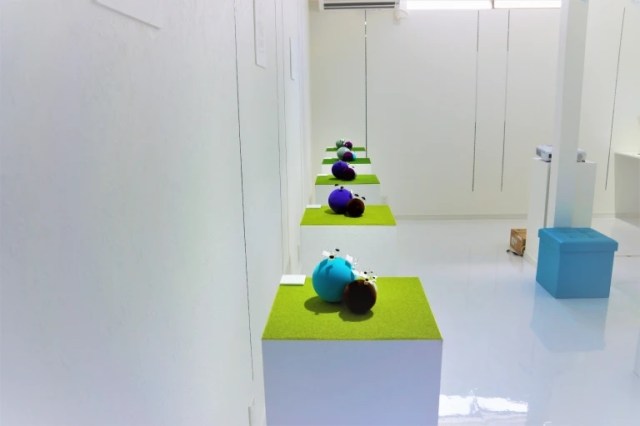
Museum director and founder Keiichi Nakamura, whose listed on the facility’s website as the “Prince of Dung Beetles,” was on hand to give us a personal tour. Nakamura, who’s been interested in insects ever since he was in junior high school, explained that Japan has roughly 160 different dung beetle species, and that you can find about 60 of those in Nara Prefecture alone. Hiroshima Prefecture’s Miyajima Island, where herds of deer also roam the city streets, is also considered one of Japan’s big three dung beetle sites, as are Nara Prefecture’s Kinkasan foothills, but it’s Nara Park that’s the top mecca for dung beetle lovers in Japan, Nakamura says.
▼ Keiichi Nakamura
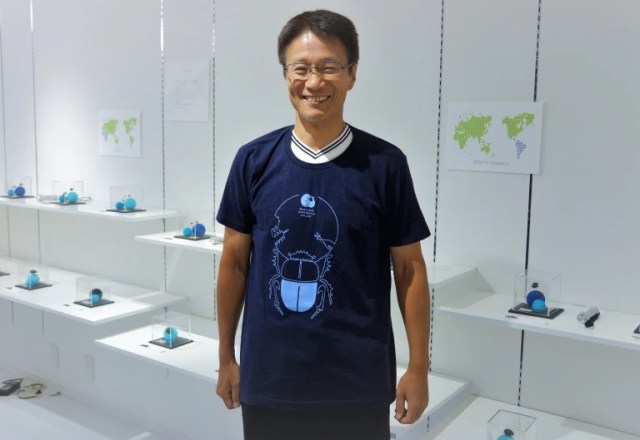
During our visit, we also learned that not all dung beetle species roll the poo they collect into increasingly larger balls, and that sometimes the same species can exhibit different body colors, depending on the region, For example, these phelotrupes aeruginosa dung beetles have an enchanting blue hue in Nara.
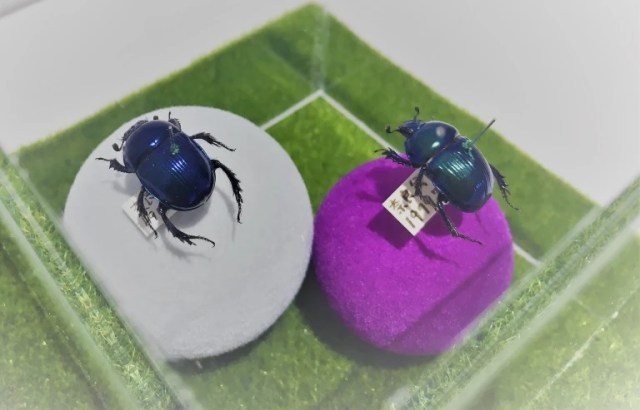
Actually, freed from the natural revulsion that causes people not to want to stare for very long at collected animal droppings, we were able to get our first substantial up-close look at a whole slew of species that turn out to look pretty cool, actually.
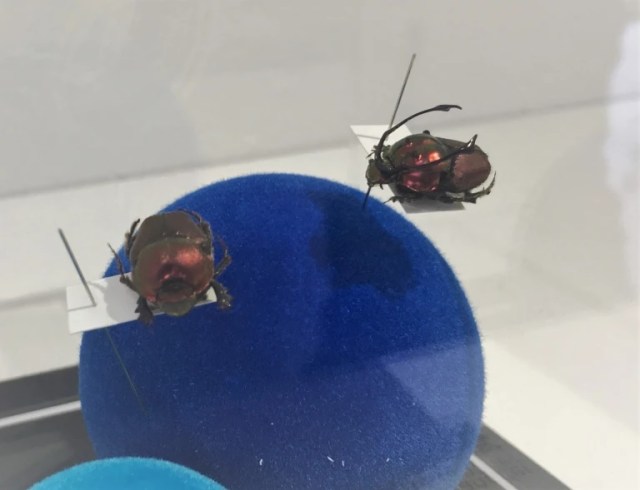

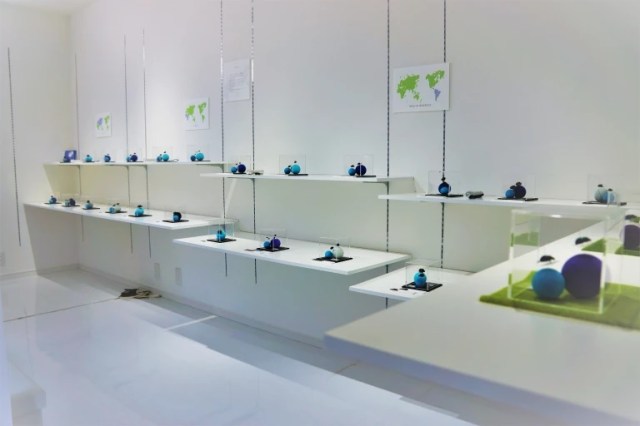
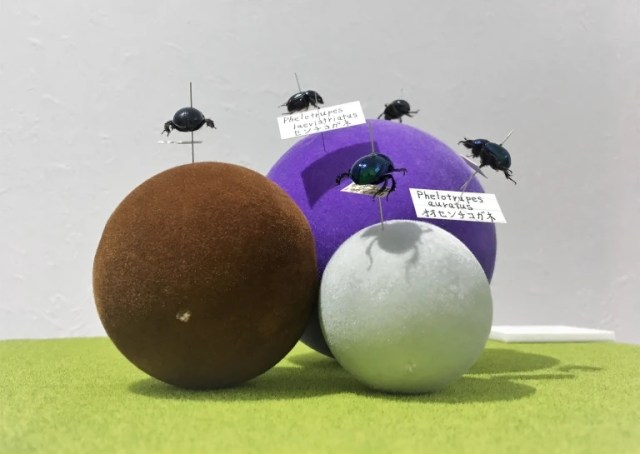
The Naramachi Dung Beetle Gallery is only open on Saturdays and Sundays, but it’s a manageable 15-minute walk from Kinki Nara Station, and not too far from the southwest corner of Nara Park itself. “It would make me extremely happy if children could appreciate the dung beetles which have been behind the scenes of Nara’s beautiful nature for over 1300 years,” says Nakamura, and it’s good to know the little critters will be standing by to clean up after Nara’s newest baby deer.
Museum information
Naramachi Dung Beetle Gallery / ならまち糞虫館
Address: Nara-ken, Nara-shi, Minamijodocho 28-13
奈良県奈良市南城戸町28-13
Open 1 p.m.-6 p.m. (Saturday and Sunday only)
Closed Monday-Friday
Admission: 300 yen (adults), 100 yen (elementary school-age children and younger)
Website
Photos © SoraNews24
● Want to hear about SoraNews24’s latest articles as soon as they’re published? Follow us on Facebook and Twitter!

No hay comentarios:
Publicar un comentario